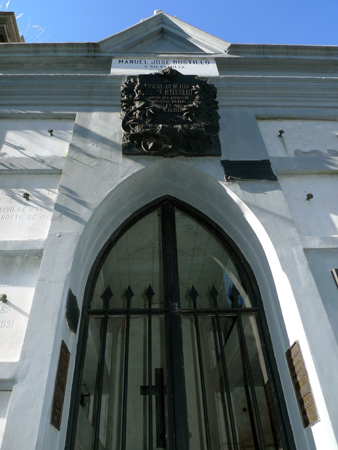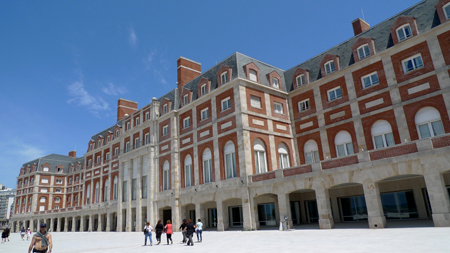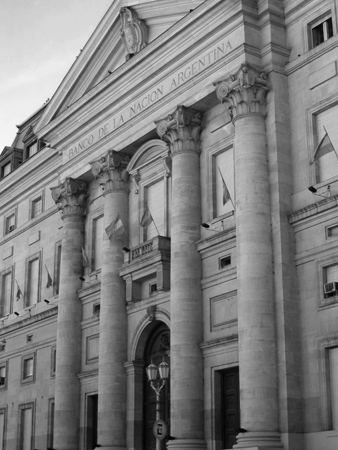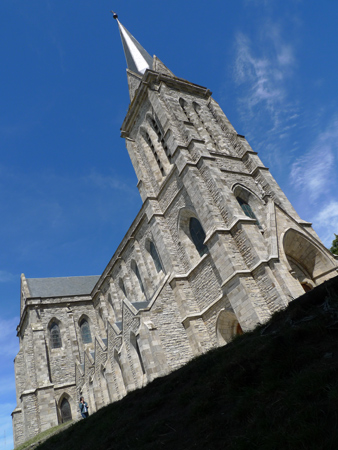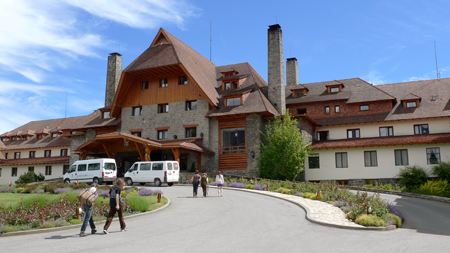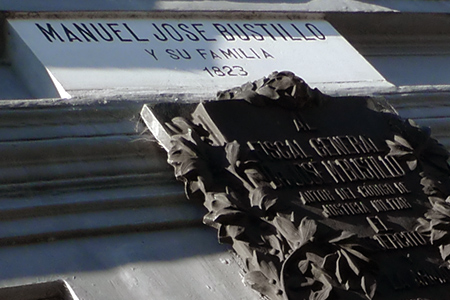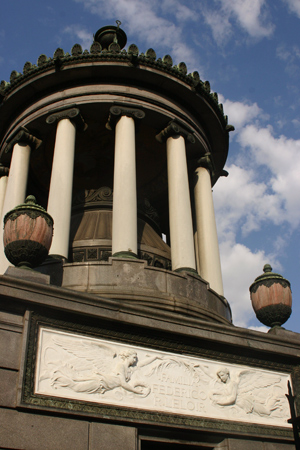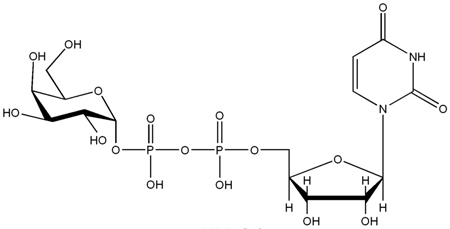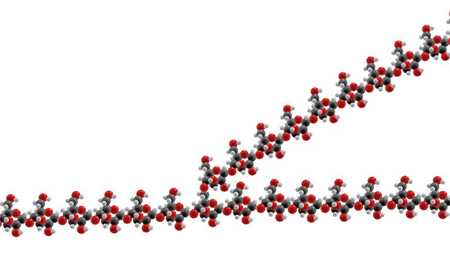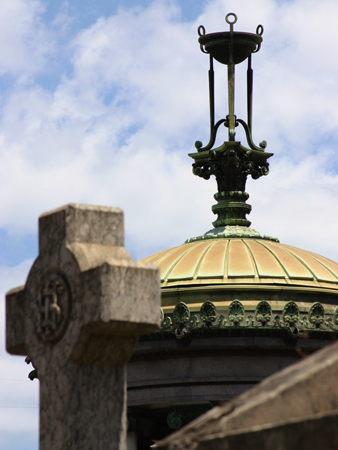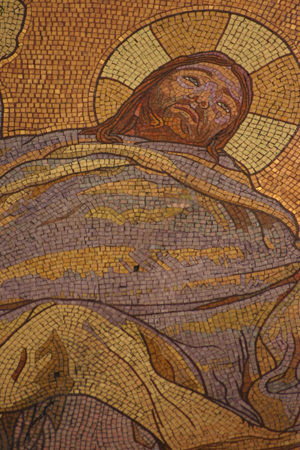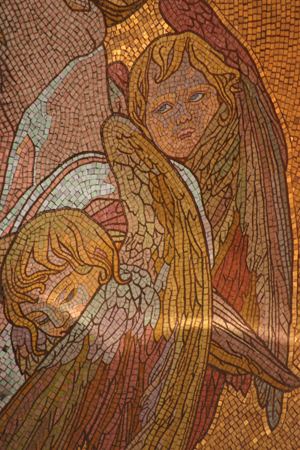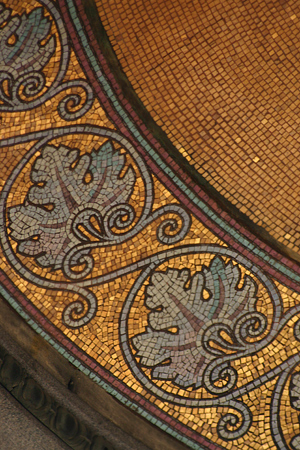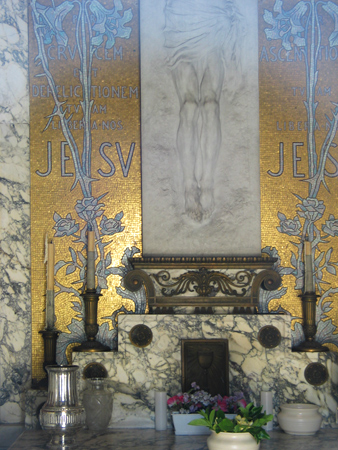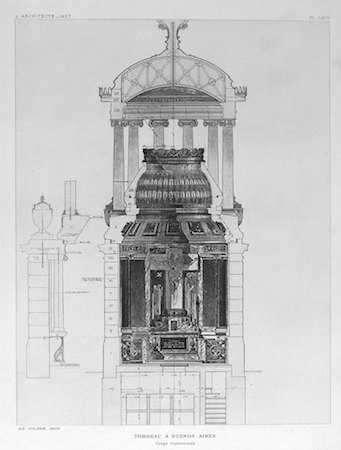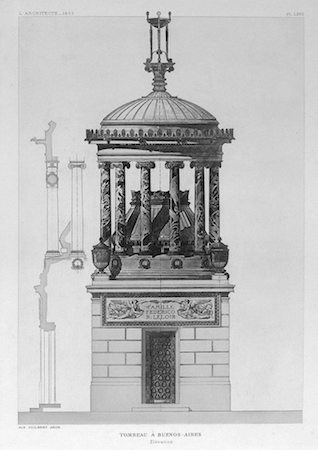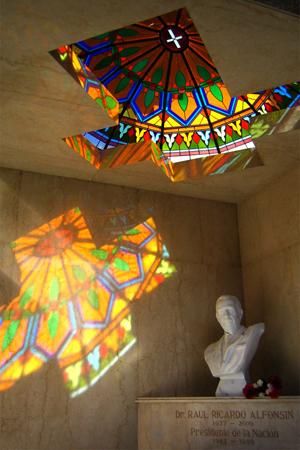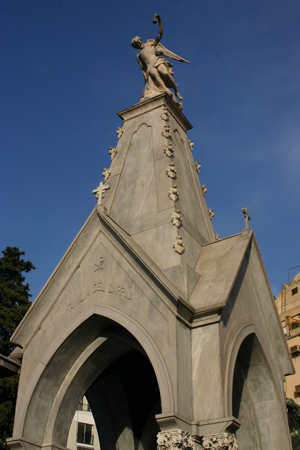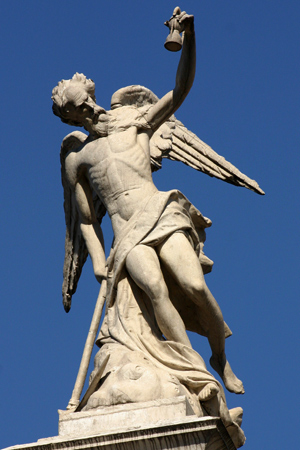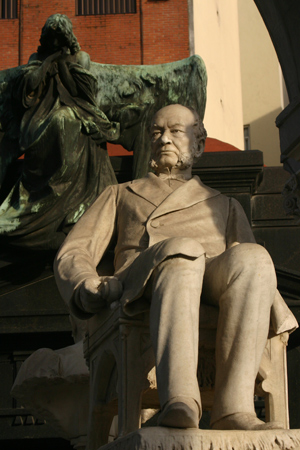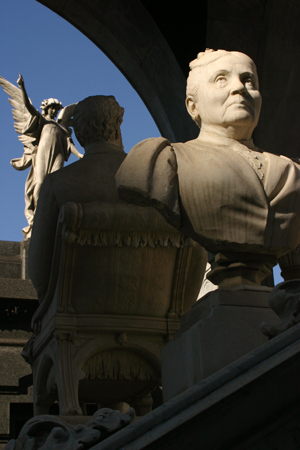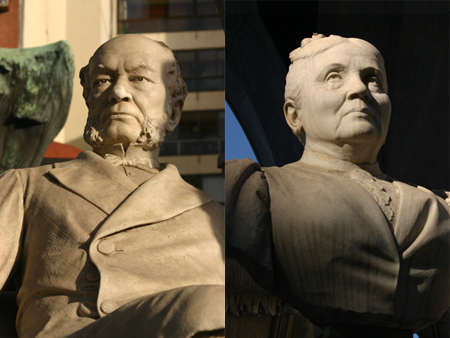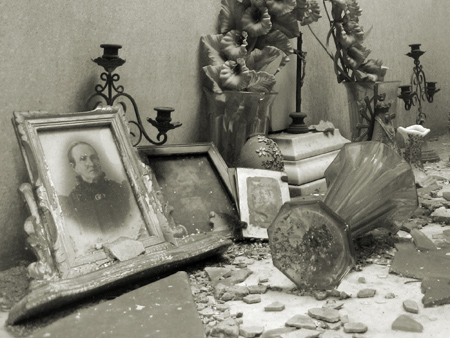
All good things must come to an end, & after several years of researching Recoleta Cemetery it’s time to concentrate to other projects.
We will continue to post as time permits but nothing as regular as our standard 3 posts/week. The prolonged pause is necessary in order to develop additional walking tours around Buenos Aires… & the rest of the world. Exciting stuff! Also, another year of full-time work in Europe means I will be away from Buenos Aires for most of this year.
By way of a summary, here are a few interesting stats:
First post: 03 Oct 2007
Total # of posts: 400
Total word count: almost 82,000 or about the size of a small novel
Readership: over 3,000 unique visitors per month, about 180-200 per day. Amazing for a blog about a cemetery!
Most comments: Liliana Crociati de Szaszak
Total number of photos posted: almost 1,200
Number of bilingual posts: currently 155, or 39%. Unfortunately Spanish text is not available at the moment, but we’re working on bringing it back!
Don’t worry, we’re not going anywhere; this blog will remain online. Since so little information in English exists about Recoleta Cemetery, this should remain a valuable resource for the future. Much work is left to be done to make AfterLife 100% bilingual… it will come eventually. Purchasing the PDF guide will help maintain this site for everyone.
Demystifying urban legends is something Marcelo & I have worked hard to accomplish. Recoleta Cemetery—the most visited site in Buenos Aires—has much more value than those few wild & crazy stories. As the last paragraph of the PDF guidebook states:
… in spite of all the money spent to be immortalized forever, it is difficult to ignore the irony that so many prominent families have fallen on hard times. Argentina today is not the country those families envisioned, whatever their personal ideology. Several of the same issues they tried to resolve still exist today for a different generation. Recoleta Cemetery should therefore offer guidance & hope for the future. What better place to be inspired by beauty, honor past achievements & learn from previous mistakes?
